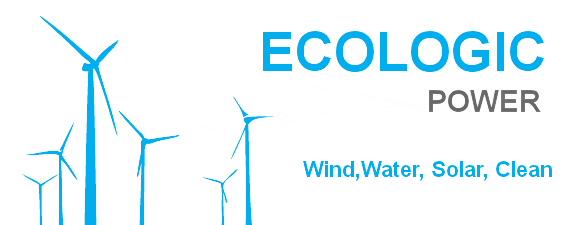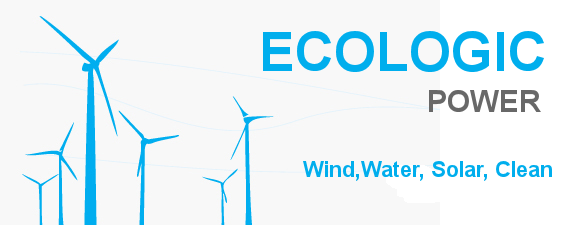Eco-Chic Guide: Zero Waste Fashion Shopping Tips
Did you know that annually, the fashion industry generates about 92 million tons of textile waste? This staggering figure underscores the pressing need for sustainable practices within the fashion sector. I’ve taken steps towards zero waste fashion, eager to share tips that blend eco-consciousness with style. This guide delves into sustainable clothing and the slow … Read more












